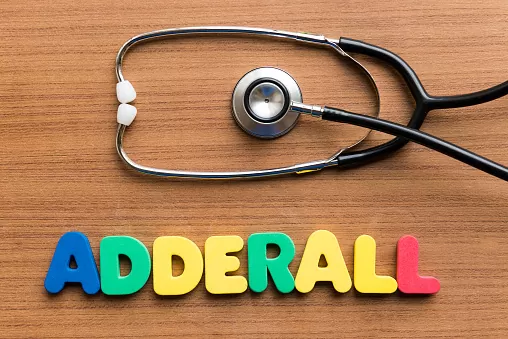What is Suboxone?
Suboxone is a medication that is predominantly used to treat opioid use disorder. It is the amalgamation of two medicines buprenorphine and naloxone. This combination is intended to alleviate the withdrawal symptoms and cravings associated with opioid (heroin or prescription painkillers) addiction while reducing the potential for abuse. It is often available in the form of tablets or films.
- Suboxone is used to:
- Reduce cravings and symptoms of withdrawal: Buprenorphine relieves the symptoms of withdrawal that crop up once the person stops consuming opioids.
- Reduce the chances of overdose: Buprenorphine and naloxone reduces the chances of overdose by 50%
- Contributes to the recovery process: Suboxone is often used as a holistic approach to the healing process. It is often used along with behavior therapies and counseling.
Side effects of detoxing from Suboxone
- Can lead to respiratory depression: Consuming the medication in high dosage can impact the breathing pattern, the breathing could either be extremely shallow or slow.
- Change in emotions: The person might feel anxious, depressed, with changes in level of blood pressure, which can possibly lead to relapse.
- Changes in sleeping pattern: Suboxone can lead to changes in sleeping pattern, disturbing the cycle, which can often lead to discomfort during the journey.
What is Suboxone addiction?
Even though suboxone is not addictive in nature, if consumed more than prescribed or without the supervision from a medical professional, it can lead to addiction.
Suboxone addiction refers to abuse or dependence on Suboxone.
Suboxone addiction can manifest through a variety of physical, psychological, and behavioral symptoms, including:
- Physical symptoms: Uncoordinated movements, Dysarthria also known as slurred speech, and itching.
- Psychological symptoms: inability to think clearly, craving for Suboxone, and withdrawal symptoms when the drug is not consumed.
- Behavioral Symptoms: Lying to healthcare providers in order to get more Suboxone or making a fake prescription to get it illegally.
Suboxone Detox at Home
If someone stops consuming suboxone suddenly, it can have several withdrawal symptoms like vomiting, nausea, fever, headaches, sweatings and sometimes even liver damage.
These are few steps to consider before starting the detox journey:
- Tapering: Rather than quitting suboxone abruptly, try reducing the dosage of suboxone.
- Direct Tapering : Gradually reducing the dosage of suboxone.
- Tapering schedule: This type of method is used based on the withdrawal symptoms, reducing the dosage by 10 to 20% each week.
- Monitoring: Patients are observed and monitored for withdrawal signs, if symptoms persist for longer,the pace needs to be slowed.
- Talk to a healthcare provider: Discuss about your medical history and past records with a healthcare provider to get a personalized detoxification plan depending on your medical history and triggers.
- Get an in-home detox nurse: Take the help of a nurse to help you make your journey comforting and compassionate. A nurse makes certain that the individual while being in a comfortable setup of home is being treated medically, as the nurse is in constant touch with medical professionals, in case of an emergency. Being with someone who understands the physical,emotional and psychological aspects aids the overall process.
- Engage yourself in coping strategies: Distract yourself from relapse by doing mindful exercises, meditation to keep calm and avoid stress. Also get good sleep and drink plenty of water with a nutritious diet to stay healthy and avoid cravings.
- Talk to someone: Surround yourself with close friends and family members to help you support your journey, avoid triggering situations and influences that might make you relapse. Try reading out some affirmations or write it down on a wall to stay positive and motivated. You can also join self help and other support groups.
- Supportive Measures: Try to get holistic treatment and solve the problem from the root by engaging in therapy sessions, counseling to make the journey more comfortable, also try going for therapy retreats.
- Know when to seek help: If you’re unable to get help from home detox and are at a risk of relapse, consider an appointment with a healthcare professional to know other methods of detox.
When to Seek Professional Help
- Physical symptoms: Severe pain and cramps in muscles that are getting worse, Chills and sweats that are difficult to manage.
- Mental symptoms: Continuous feeling of anxiety along with suicidal thoughts and hallucinations.
- Increase in cravings: Unable to manage cravings for suboxone and relapsing to consume it to manage withdrawal symptoms.
Post-Detox Care
Aftercare is not only something extra, it’s part of the treatment itself. By practicing self care the individuals can stay sober and stay free from addiction.Maintain a balanced diet, surround yourself with positive influences, and stay committed to therapy to support your sobriety




